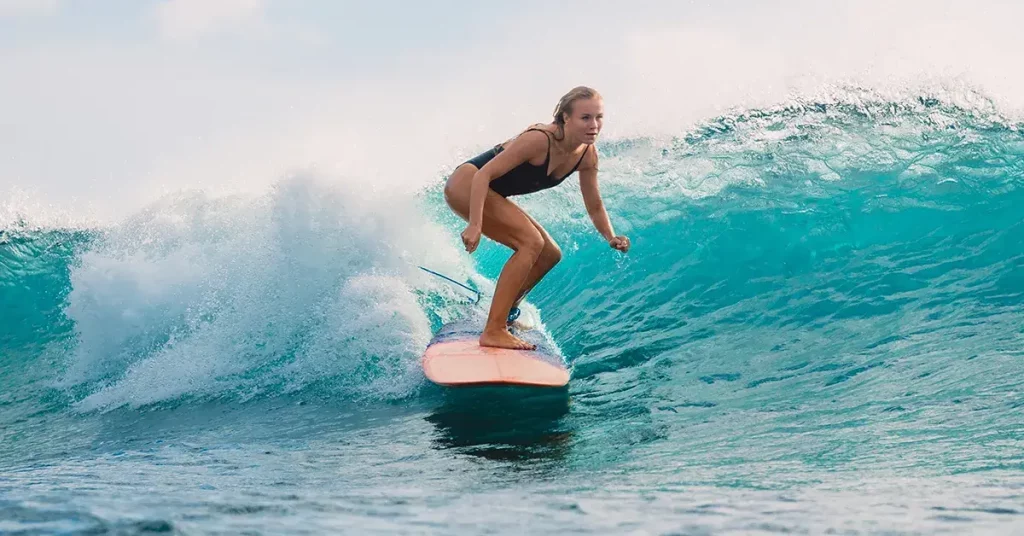When I started surfing, I began asking anyone out on the water, “What tide is best for surfing?” After all, I wanted to surf at the best time.
The various answers about high and low tides, beach breaks, and the tide pulls surprised me. Not to mention that surf spots have different conditions and people have individual preferences.
So, although not all surfers agree about the “best” tides, I’ll share the main takeaways with you here.
The Short Answer

The best tide for surfing is typically between one hour after low tide and one hour before high tide. Since each tide cycle lasts approximately six hours, you’ll have a four-hour window to catch waves.
With that under our belt, let’s look at what conditions you can expect for each tide and how it’s dependent on where you surf.
An Overview of the Tide Cycle
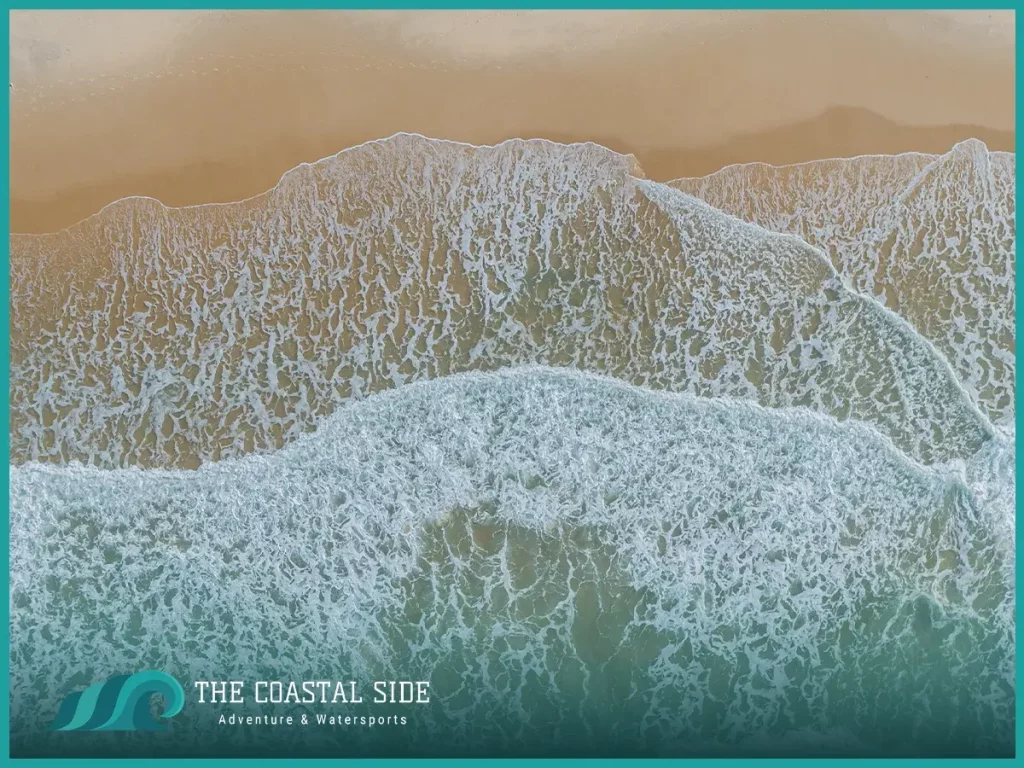
Before we talk about the best tide for surfing, it’s essential to understand how tide patterns work. The moon controls the tide times and tidal range via its gravitational pull. So, contrary to popular belief, weather conditions don’t influence tides, although they can affect wave shape.
The moon’s gravitational force means that it pulls the water towards it, which causes the high tide. The tides change as the earth rotates. These rotations cause two high tides and two low tides every day. Meaning roughly six hours pass between each tide.
Tide Definitions
Before exploring the best tide for surfing, it’s vital to know that tides change from their standard course. Below are a few tide-related definitions that every surfer should know:
Spring tide: The tide after a new or full moon, creating the greatest change in tide levels.
Neap tide: A time of moderate tide levels, occurring seven days after a spring tide.
Diurnal tide: Passes through only one high and low tide every day.
Semidiurnal tide: Two high and two low tides per day, which is typical in most parts of the world.
Mixed tide: Four tides per day, with the two high and low tides being different heights.
Red tide: An algae bloom harmful to marine and human health. It has nothing to do with tide schedules.
Surfing in an Incoming Tide
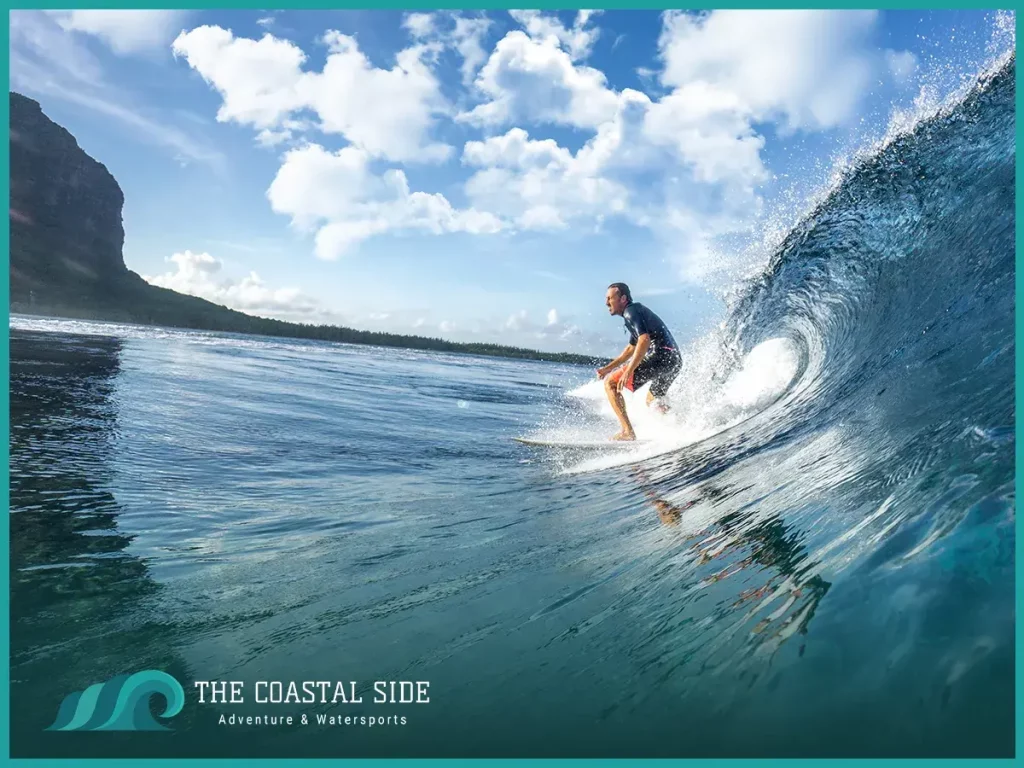
If you’re a new surfer contemplating whether to practice at high or low tide, think again— incoming tides are likely your best bet. Most surfers of all levels prefer incoming tides.
That’s because as the tide rises, incoming waves have currents that’ll pull you out towards the sea. You’ll also get to ride on waves bigger than those you likely saw at low tide, given that the ocean will be gradually covering the water’s surface with a deeper layer of water.
The risk of a backwash wave for surfer newbies also decreases during an incoming tide. Of course, an incoming tide can still have currents, turn choppy, or have shallow surf breaks, so it’s always important to assess the situation.
Surfing in an Outgoing Tide
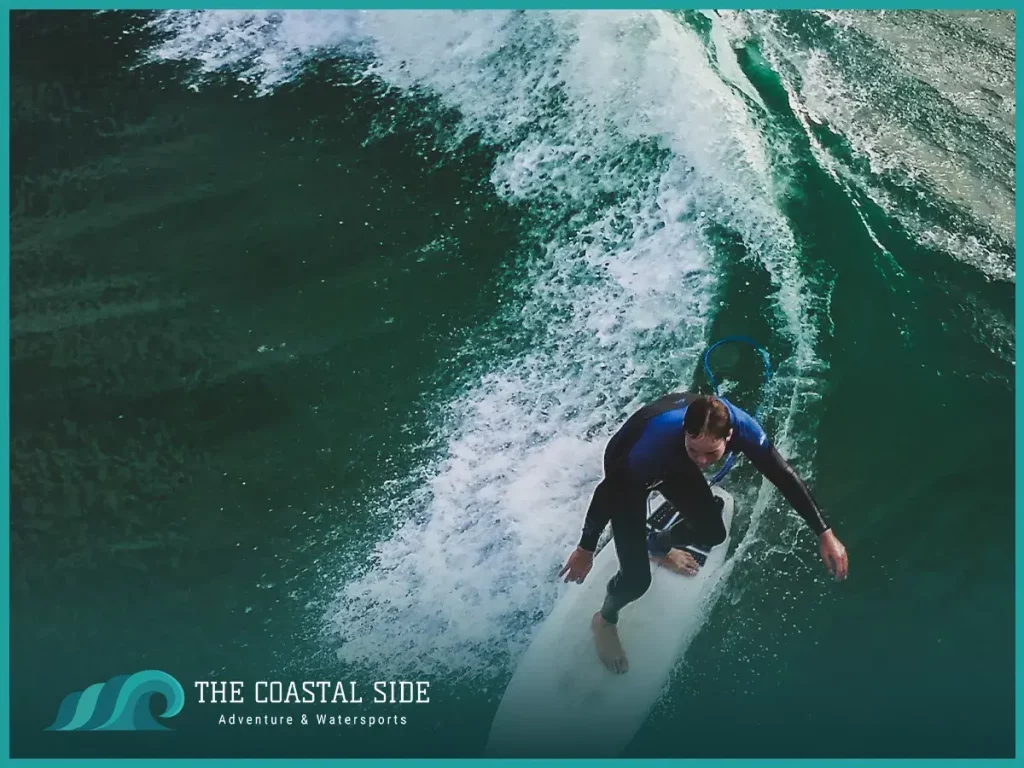
When asking fellow surfers, “What tide is best for surfing?” most will tell you that a dropping tide isn’t it. Tide drops typically involve weaker waves hitting land and less water to cover sharp objects in reef breaks.
Furthermore, the lower the tide, the stronger the current that often runs through it. Currents make it challenging to catch waves, as they make the water choppier. They’re also risky, as this is the time when rip currents are more prevalent.
Surfing at Low Tide
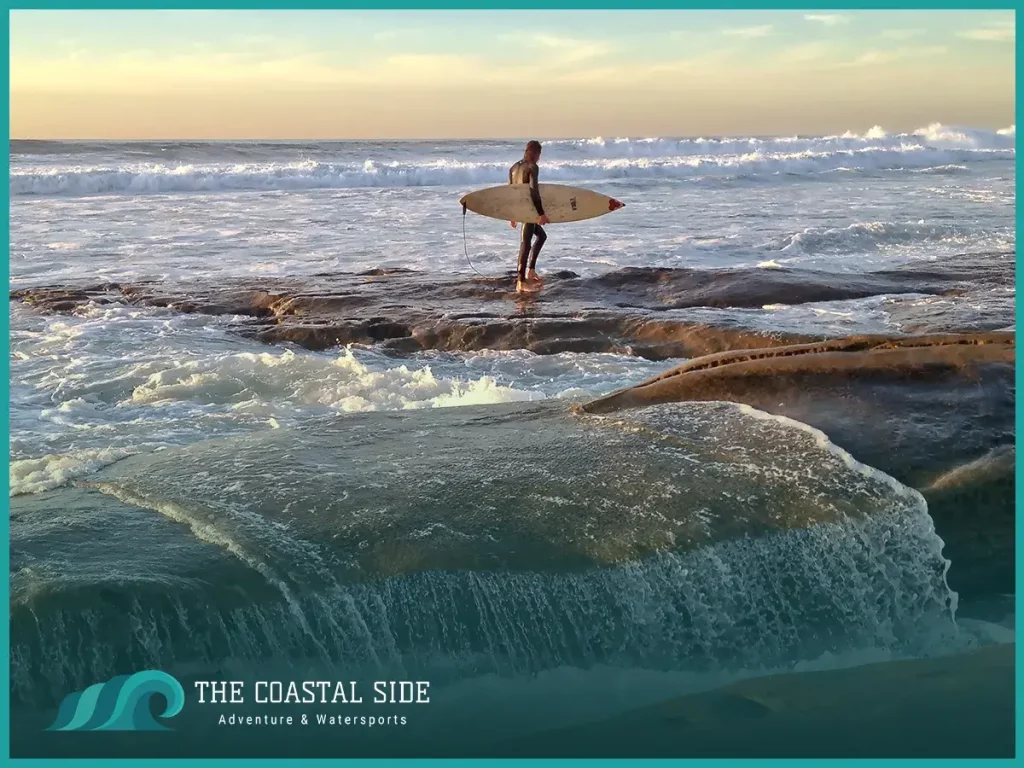
Low tides can be a dangerous time to surf. That’s because it requires people to do shallow surfing due to dropping water tides. Dumping waves are also common during low tide surfing, potentially causing you to do an early evacuation of a wave you just caught.
That said, a reef break is often the most dangerous aspect of surfing at low tide, given that it can expose rock obstacles and seaweed that your board can get wrapped in, among other factors.
Ironically, low tide can also equate to strong currents. Therefore, you should check buoy reports to learn about surf conditions before deciding if the surf breaks are worth it at your surf spot.
Surfing at High Tide
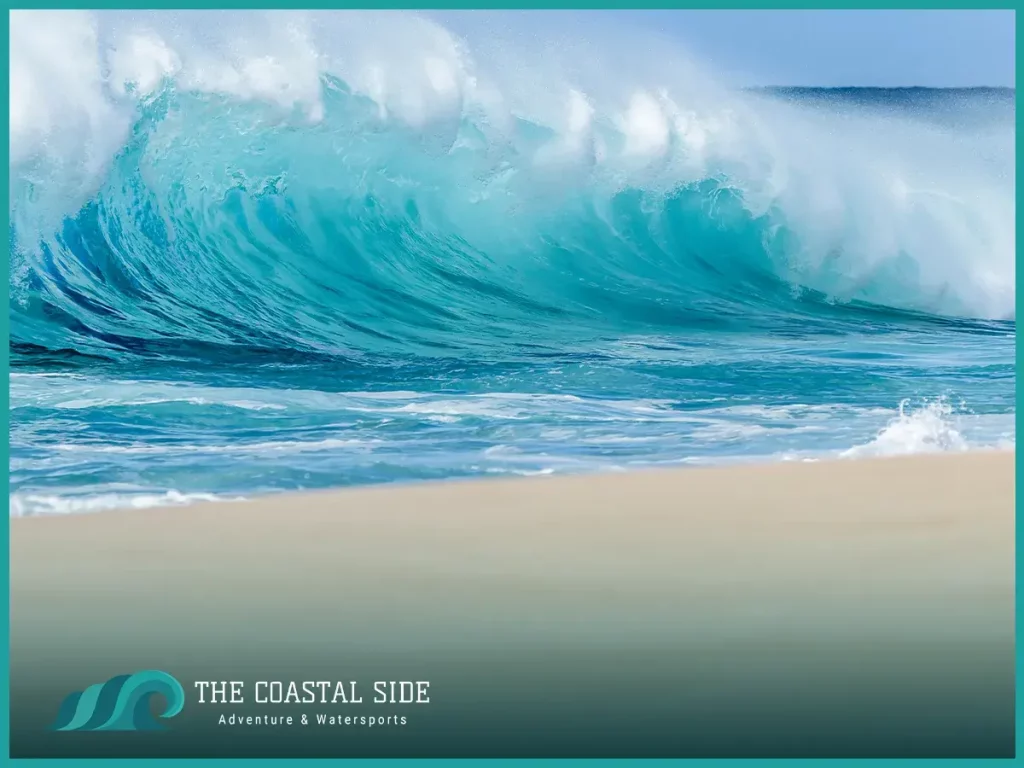
High tides typically aren’t the best tide for surfing, given that many beaches have shorebreaks. A shorebreak is when otherwise decent waves break on the shoreline. Such a scenario can cause broken bones and boards.
Hide tide waves also struggle to break because they’re experiencing the strongest moon pull, being dragged steeply up the beach. For this reason, a higher tide often produces the best waves for bodyboarders, which you can usually watch at places like Newport Beach.
Other Factors Impacting the Best Tides
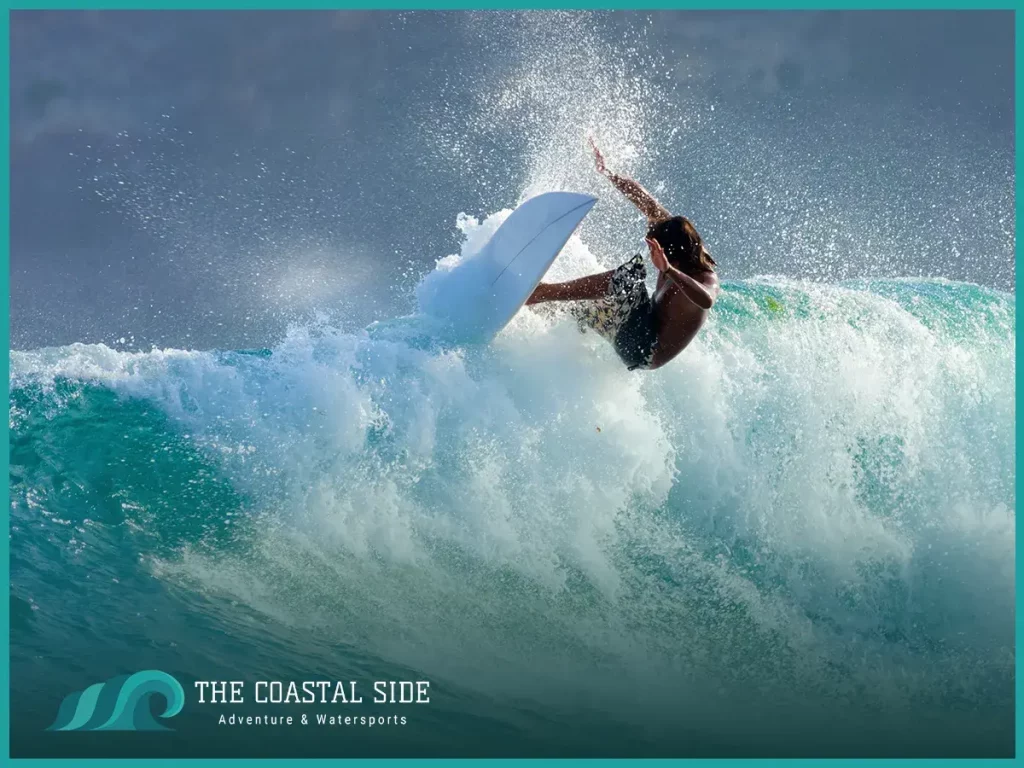
Although the information here is a solid guide for the best times to surf, the reality is that each beach is different. Below are some other items to consider:
- Kelp can make low tide and incoming tide surfing a mess by slowing down your speed
- Depending on the day and location, high tide and low tide depth may be similar
- Surfing near bluffs at high tide is usually too dangerous
- Waves are faster and hollower at low tide
- Waves are more forgiving at high tide
- Reef breaks are best for incoming tides
- Beach breaks are best for medium tides
Checking the Tide Table

With so many factors impacting the best time to catch waves, it’s crucial to stay up-to-date on the local tide table for your area.
A quick Google search for “tide table” with your city’s name will reveal whether it’s currently high or low tide, NOAA buoy reports, and tide information for pretty much as far out as you want.
That way, you’ll never have to guess about the tide time, when there’ll be bigger waves, and how many beach breaks you may encounter.
Summary
So, what tide is best for surfing? Generally speaking, it’s best to surf at an incoming tide. Choosing the wrong tide to surf in could land you in dangerous swell conditions or shallow water that damages your board or body.




